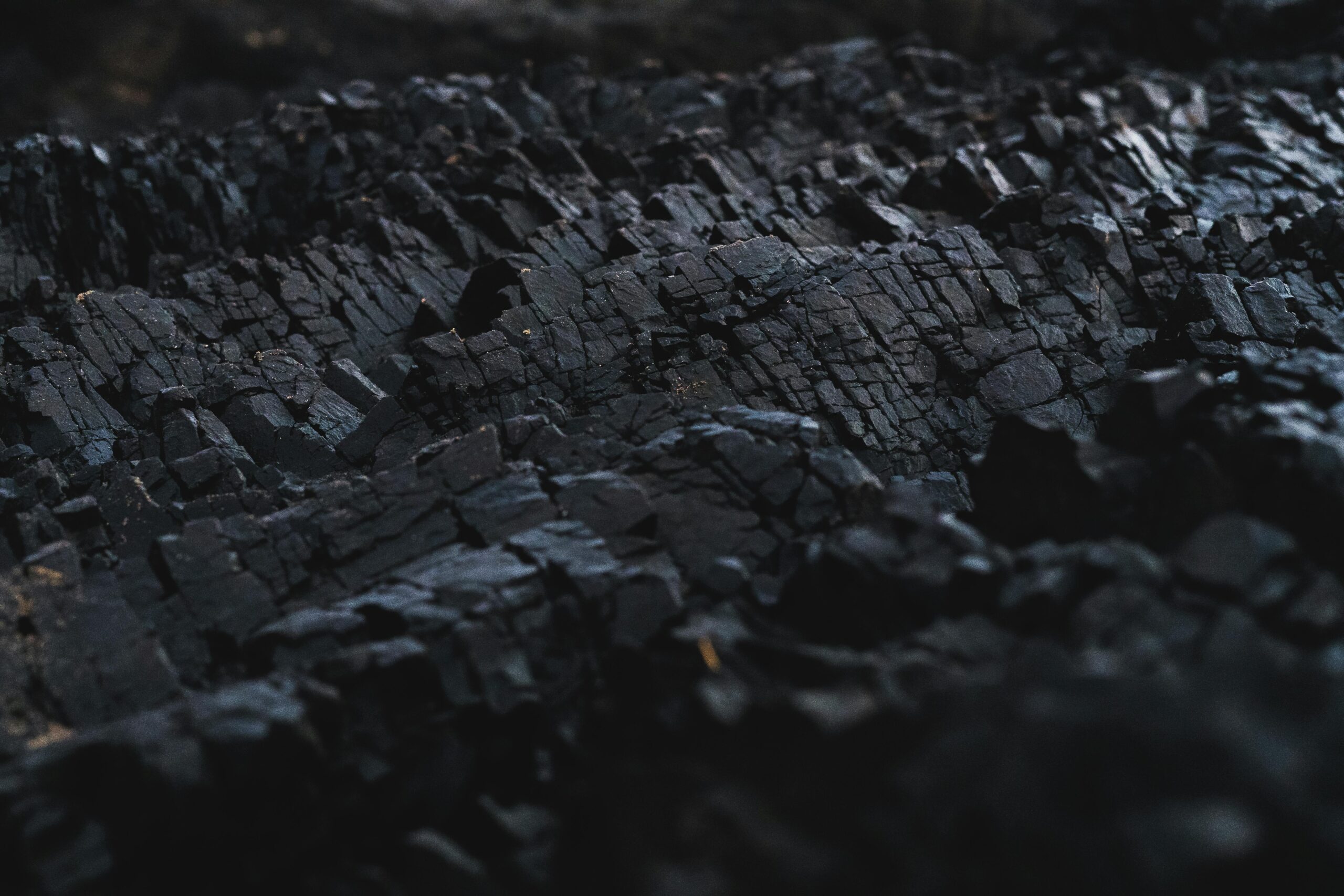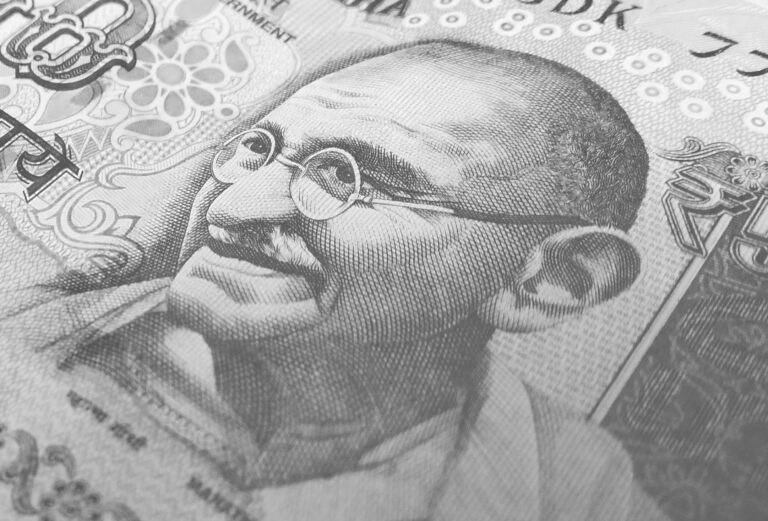2050 The Carbon Exchange Program: A Complete Guide to How It Works and Why It Matters

Table of Contents
The Carbon Exchange Program: A Complete Guide to How It Works and Why It Matters
As the world races to combat climate change, carbon exchange programs have emerged as a powerful tool to reduce greenhouse gas emissions. But what exactly are they? How do they work? And can they really make a difference?
In this guide, we’ll break down everything you need to know—from the basics of carbon trading to real-world success stories and controversies.
1.What Is a Carbon Exchange Program?
A carbon exchange program is a market-based system designed to limit carbon dioxide (CO₂) and other greenhouse gas emissions. Companies, governments, and even individuals can buy and sell carbon credits, where:
- 1 carbon credit = Permission to emit 1 ton of CO₂
- Companies that reduce emissions can sell extra credits
- Polluters must buy credits if they exceed limits
Example:
If a wind farm prevents 10,000 tons of CO₂ emissions, it can sell those credits to a factory that needs to offset its pollution.
2. How Does Carbon Trading Work?
There are two main types of carbon exchange systems:
A. Cap-and-Trade (Regulated Markets)
- Governments set a maximum emission limit (cap).
- Companies receive or buy allowances (credits).
- If they emit less, they can sell spare credits.
- If they exceed limits, they must buy more or face fines.
Real-World Example:
The European Union Emissions Trading System (EU ETS)—the world’s largest carbon market—has reduced emissions by 43% since 2005 in covered sectors.
B. Voluntary Carbon Markets
- Businesses/individuals voluntarily buy offsets to compensate for emissions.
- Common projects: Reforestation, renewable energy, methane capture.
Example: Microsoft buys carbon credits to offset its data centers’ emissions.
Read Also:- भारत का बढ़ता पारा: क्या 2050 तक हम असहनीय गर्मी की चपेट में होंगे? जानें बदलते मौसम का चौंकाने वाला सच!
3. Major Carbon Exchanges Around the World
| Exchange | Region | Key Features |
| EU ETS | Europe | Largest, covers 11,000+ factories |
| California Cap-and-Trade | USA | Includes transportation fuels |
| Includes transportation fuels | China | World’s newest, covers power sector |
| CBL (Xpansiv) | Global | Leading voluntary carbon market |
4. Who Uses Carbon Exchanges?
- Corporations (e.g., Shell, Tesla, Apple)
- Airlines (for CORSIA compliance)
- Farmers & Forest Owners (selling carbon sequestration credits)
- Individuals (via apps like Wren or Klima)
Case Study: Tesla made $1.8 billion in 2023 selling carbon credits to automakers who missed emission targets.
5. Controversies & Challenges
A. “Greenwashing” Concerns
Some companies buy cheap offsets without actually reducing emissions.
B. Pricing Volatility
Carbon credit prices fluctuate wildly—from $5 to $100+ per ton.
C. Verification Issues
Not all carbon offset projects deliver promised reductions.
Expert Insight:
“The key is rigorous standards—like Gold Standard or Verra—to ensure real impact.”
— Dr. Jane Smith, Climate Policy Institute
6. The Future of Carbon Trading
- AI-powered monitoring (satellites track deforestation in real-time)
- Blockchain carbon credits (for transparent tracking)
- New rules under Paris Agreement (Article 6)
7. How You Can Participate
- Calculate your footprint (try CarbonFootprint.com)
- Buy verified offsets (look for Gold Standard-certified projects)
- Advocate for stronger policies
Final Verdict: Does It Work?
When properly regulated, carbon trading can slash emissions cost-effectively. But it’s not a silver bullet—real cuts in fossil fuel use are still essential.
“The carbon market is like a diet: Offsets are the exercise, but you still need to eat less junk (fossil fuels).”
Have questions? Drop them below—we’ll answer!




